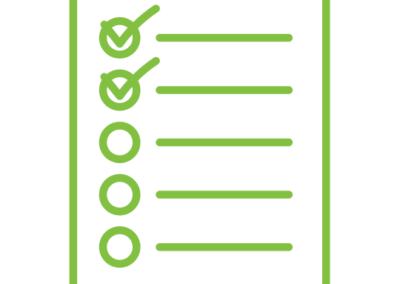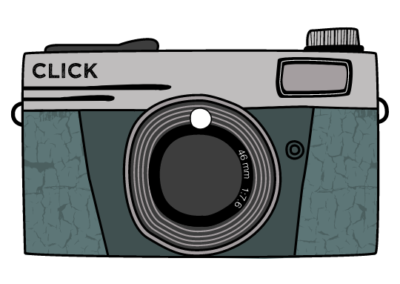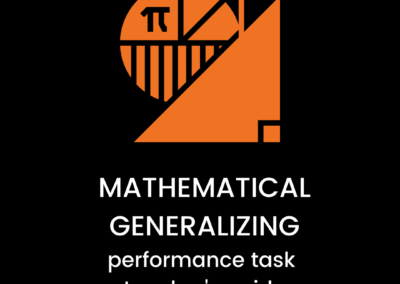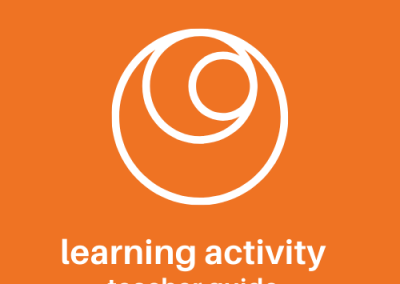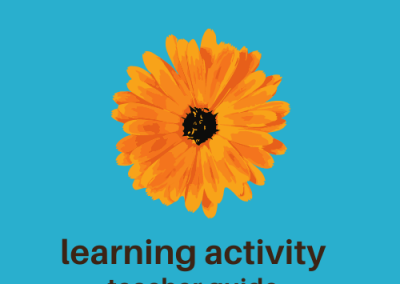Oral History
Preparation
Select a text set in a recent historical time period. You would not be able to select something set during the Roman Empire because no one alive during that time period would be available to interview. Ideally, the time period would be in the last 20-50 years. Make sure the students will have access to interviewees from the time period. For example, there will be a larger pool of potential interviewees who lived through the attacks on 9/11 than on the attack on Pearl Harbor. If you wanted students to interview people who lived through Pearl Harbor you may need to partner with a senior center or another organization that is tailored towards adults from the desired time period . Prepare a list of sample interview questions. Prepare a model summary/reflection to share with students. Gather supplies (poster paper, markers, Post-it notes or stickers). Decide whether you want the oral history to be complete prior to reading the text or during the reading of the text. This decision may be impacted by the specific text you have selected. This activity would work well either way.
Activity Steps
1
Introduce Oral History.
Provide students with some background on oral history and how for thousands of years this was the only way to pass on information from one generation to the next. Today, we have multiple formats for recording the past, but first-person accounts are still one of the best ways to learn about history. You may want to engage in a conversation about the pros and cons of firsthand accounts. For example, they can be biased but they also can be very descriptive.
2
Students work in groups to generate a list of what they know about the time period.
Have students work in groups of three or four to brainstorm a list of everything they know about the time period. It is usually best to put a time limit on a brainstorming activity like this. Usually one to two minutes is sufficient to create a large list.
3
Provide a mini-lesson on developing interview questions.
The mini-lesson should include the difference between closed and open-ended questions, and why open-ended questions are best. Questions that begin with “How,” “What,” or “Why” elicit better responses. Share some sample open-ended questions with students during the mini-lesson. Devise a list of open and closed questions and ask students to identify them as a way to assess if they fully understand the difference.
4
Have students practice by writing five open-ended questions about a period that they have lived through.
Ask students to write five questions about the last decade. Sample questions could be: · What was the biggest historical event of the last decade? · What do you think was the biggest change or advancement in the last decade? If working with younger students, you may need to adjust to the last five years. You could even ask them to focus on the last school year by saying, “Write five open-ended questions as part of an oral history of what life was like in 6th grade.”
5
Provide a mini-lesson on interviewing techniques and protocols, and logistics.
Review with students how to ask someone to be interviewed, and informing the interviewee about how long the interview will take and its purpose. This is also a good time to remind students about being respectful, waiting for the person to finish answering the question fully before asking the next question.
6
Students will interview each other, using the sample questions they created earlier, while practicing interview techniques and protocols.
Be prepared to have one group of three if there are an uneven number of students. Also, think about giving students some space, spreading out in the room or going into the hallways to be able to focus on their interviews.
7
Review sample oral history questions with students.
Encourage students to write bigger-picture questions rather than specific questions, for example, “Describe what life was like during that time period” instead of “What was your favorite TV program?”.




